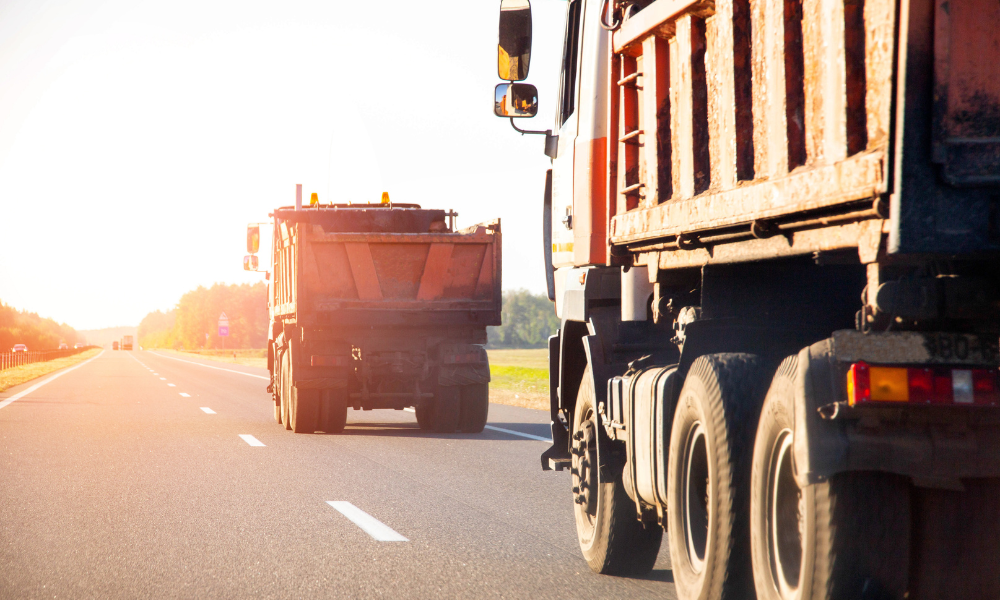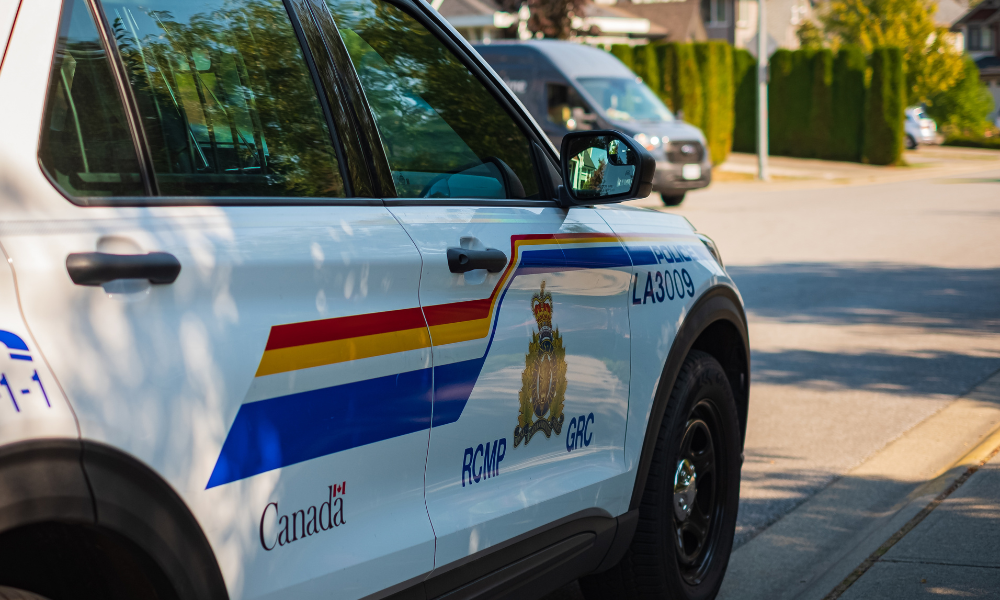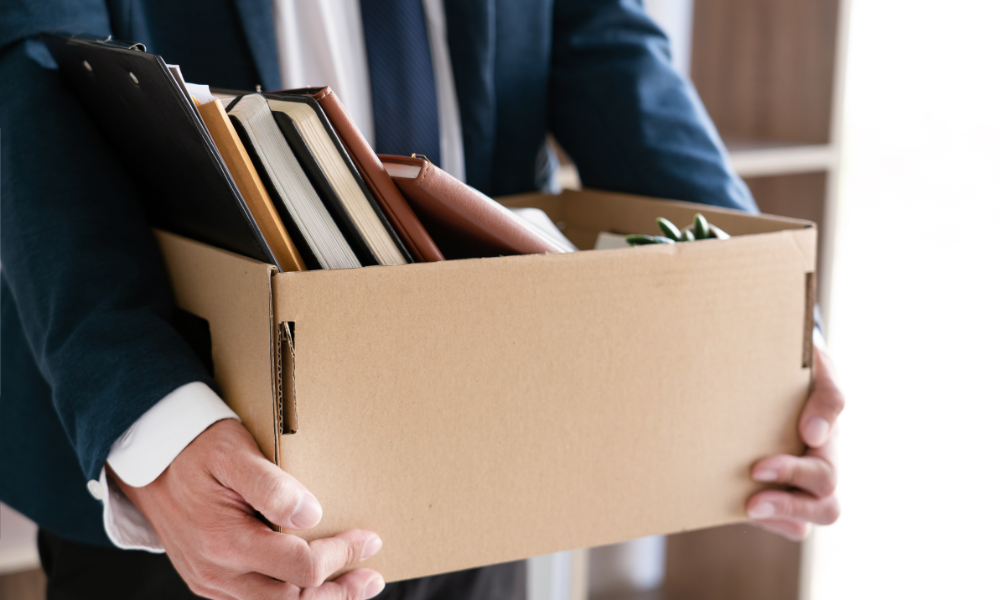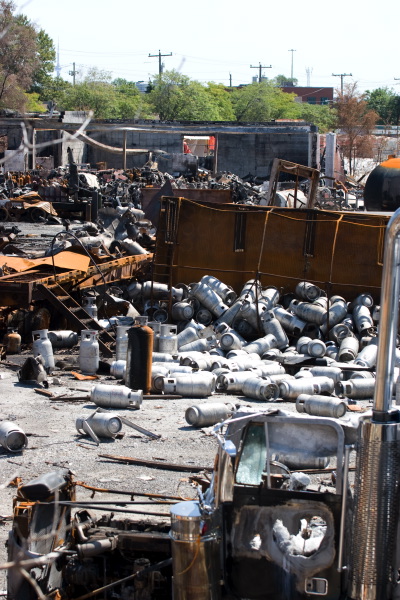
Even after the last embers from the explosions have been extinguished emergency responders were still hard at work to maintain safety in the blast site.
With the extent of devastation left by the huge explosions at Sunrise Propane’s Toronto facility just before dawn on August 10, it’s almost a miracle that residents of the surrounding neighbourhood came out with only minor injuries from the blast.
With the extent of devastation left by the huge explosions at Sunrise Propane’s Toronto facility just before dawn on August 10, it’s almost a miracle that residents of the surrounding neighbourhood came out with only minor injuries from the blast.
Some experts say the timing has made a huge difference. The first explosion happened around 4 A.M. on a Sunday morning when most people are still asleep in their bedrooms.
[Watch: COS visits Sunrise blast site]
The work of Toronto Fire responders does not end when the fire is put out. For some of them, it is just beginning.
 After a massive fire, the affected area quickly becomes a safety hazard. But workers from various agencies need to go into the site for post-incident investigations and documentation. This called for more coordination with external agencies, Kostiuk says, including the Ministry of the Environment, Ministry of Labour, the TSSA and the Ontario Fire Marshal’s Office.
After a massive fire, the affected area quickly becomes a safety hazard. But workers from various agencies need to go into the site for post-incident investigations and documentation. This called for more coordination with external agencies, Kostiuk says, including the Ministry of the Environment, Ministry of Labour, the TSSA and the Ontario Fire Marshal’s Office.“We had site meetings every morning to coordinate the day’s activities, draw up an action plan for the day, (discuss) some of the safety concerns. Then we coordinated between the fire marshal, ourselves and the police as to how we’re going to proceed with the day’s activities,” Kostiuk explains.
Toronto Fire’s hazardous materials (hazmat) response team was called to the site to provide health and safety support for agency workers going in and out of the blast zone. Entering the hot zone requires full personal protective gear to ensure the health and safety of the agency workers.
Air monitoring equipments were set up to check for propane presence in the air. Emergency medical units were also on-site to provide medical support. Workers going inside the blast zone were required to wear hazmat suits, protective gloves and footwear, as well as self-contained breathing apparatus for protection. Agency workers were always accompanied by members of the hazmat team as they walk through the site.
Peter White, a Toronto firefighter and an acting captain on the hazardous materials and response team, says setting up a restrictive entry and exit zone was vital in ensuring the investigators and other authorized personnel are working safely within the site.
“We dress them at a specific level, we allow them in for specific intervals, and then as they are coming out we decontaminate them and we properly remove the stuff that they have been wearing,” White says.
Just before agency workers go into the blast site, the ground where investigators will be walking through is hosed down using one of Toronto Fire’s aerial ladder trucks. Wetting the ground prevents any hazardous substances from rising into the air, says White.
Workers’ vital signs are checked by EMS on site, before and after walking through the blast zone, to monitor the workers’ medical condition.
“This is hot work. You’re in a self-contained breathing apparatus or full-face air-purifying respirators. So in summer conditions, you could have teams in there for 45 minutes doing this work, you have to always be concerned about the physiology and the psychological impact of that too,” White explains.
Lessons learned
In disaster situations, organizations are judged by the way they handle an emergency, says Saunders of the Canadian Red Cross. And silence is the worse thing they can resort to.
“People need information in order to cope with the situation,” says Saunders. “In the absence of information, speculation arises.”
To date, Sunrise Propane has only issued one statement about the blast expressing “profound regret for the tragic loss of life which occurred and for the events and turmoil that has resulted from that day.”
The same statement says the company is cooperating fully with investigators and will refrain from any further public comments “out of an abundance of caution and a desire for the investigatory process to unfold free of speculation and misinformation.”
Saunders says industries involved in a disaster situation like the propane blast should be prepared to communicate with the affected community. This is particularly true for those industries located in close proximity to residential areas, as was the case with Sunrise Propane.
“One of the things that will come out of this is that people are going to be asking tougher questions of industries that are located in residential neighbourhoods. So industries are going to have to be prepared to answer questions about what are the risks,” Saunders says.
(Next: Dim future for Sunrise)
Having a well-established and honest communication plan needs to be part of an organization’s emergency management design. Particularly for industries located within a residential community, industries need to communicate their safety and emergency preparations to the surrounding community.
“Those industries located close to residential areas are really morally obligated to ensure that they follow the safety standards, and not just to the letter but going above and beyond what actually is required to ensure the safety and well-being of the people that live around them,” Saunders says.
Saunders says it is unlikely that Sunrise Propane will be allowed to re-establish itself in the same location, following a huge public outcry over the incident. It would take a significant amount of rebuilding to bring back public confidence.

A former health and safety manager, Saunders reminds industries to do an honest risk assessment when doing emergency planning.
Propane just happened to be the “flavour of the month” because of the incident, but the bottom line for all companies is to identify where their risks are and build their emergency plan around those risks.
For instance, investing in pandemic planning may be a wise investment for some but not for others.
“A company that is working in propane has to worry about safety issues on the yard, filling procedures, ensuring extra shut-off valves, etc. And that is where the investment should be made, rather than necessarily in pandemic planning,” he explains.
Conducting an honest risk evaluation will help organizations make investments based on the individual companies’ risk factors and not on what happens to be the hot issue of the day, Saunders says.
Dim future for Sunrise
Following its initial investigation into the blast at Sunrise Propane, the TSSA has provisionally suspended Sunrise’s authorization to operate a propane filling plant.
Based on TSSA’s investigation, a Sunrise Propane truck driver was engaged in a truck-to-truck propane transfer just prior to the fire and explosions at the propane facility on Murray Drive in Toronto. Truck-to-truck propane transfer is considered an unsafe practice and prohibited in Ontario as it increases the risk of gas leaks or fire.
The agency also noted that the same illegal practice has been observed at the same Sunrise facility as early as November 2006, which resulted in the TSSA issuing a cease and desist order to stop the company from continuing with the illegal practice.
“Despite the order issued by the inspector, (Sunrise Propane) or their directors or officers routinely allowed the unsafe practice of transferring propane products from truck to truck,” the TSSA document states.
The TSSA says allowing this unsafe practice to continue indicates Sunrise Propane’s “lack of safety culture or commitment on the part of the directors and officers to prevent the unsafe practice …”
Included in the notice for the provisional suspension is a proposal to revoke Sunrise’s authorization to operate a propane filling plant. Sunrise Propane may apply for a hearing with the TSSA director. It is not known, as of this writing, whether the propane company had asked for a hearing.
(Next: Asbestos check)
Asbestos check
The company commissioned by the City of Toronto to assess and clean up asbestos deposits that resulted from a series of explosions at Sunrise Propane’s Downsview facility in Toronto says the airborne levels of the toxic mineral were “exceedingly low”.
“We did an extensive amount of monitoring, both outdoor and indoor and most particularly on the workers performing the clean up, and the airborne levels of asbestos were exceedingly low,” says Don Pinchin, founder of Pinchin Environmental, one of two firms tasked to assess and clean up asbestos remnants from the Sunrise explosions.
 Pinchin confirmed there were two types of asbestos found around the blast site, one was an asbestos transite from a hard roofing material and the other one was a pliable type of asbestos, believed to have originated from the inside of a settling tank.
Pinchin confirmed there were two types of asbestos found around the blast site, one was an asbestos transite from a hard roofing material and the other one was a pliable type of asbestos, believed to have originated from the inside of a settling tank.The series of explosions caused asbestos to blow up into small pieces – about the size of a thumbnail or smaller – and spread over a wide area that covered between 600 and 700 residential properties and some of the surrounding schools, Pinchin says.
The asbestos cleanup has already been completed, but continued testing of the housing areas around the blast site is still being undertaken, Pinchin says.
“The reason for the clean up was that, quite honestly, people do not want nor do they deserve asbestos deposited somewhere else in their backyard. So for the whole issue of peace of mind, for the whole issue of property stigma, they clearly want and deserve to have the material removed and that’s what was done,” says Pinchin.
Exposure to asbestos has been known to increase the risk of developing lung diseases such as lung cancer, asbestosis and mesothelioma, as well as other types of cancer. The risk of developing asbestos-related diseases depends on several factors including the amount of asbestos an individual was exposed to, the duration of exposure, the size, shape and chemical make-up of asbestos fibers and the source of exposure. Individual risks are also a factor, such as smoking and pre-existing lung disease.
“Asbestos is a chronic hazard, and this is not a chronic exposure,” Pinchin says when asked about possible health risks to those exposed to asbestos from the Sunrise blast. “We’re talking about months and, more commonly, years. Asbestos is more commonly something that would take years of exposure to cause negative health effects.”
(Next: Are you ready for an emergency?)
Are you ready?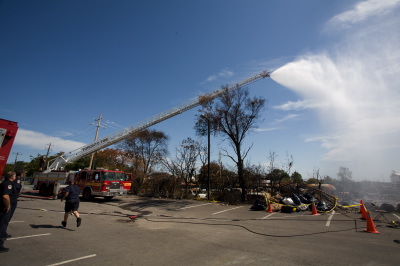 The incident at Sunrise Propane may have caused many companies to reassess their own emergency plans and review safety procedures with employees. Consider these tips from some emergency and disaster preparedness experts.
The incident at Sunrise Propane may have caused many companies to reassess their own emergency plans and review safety procedures with employees. Consider these tips from some emergency and disaster preparedness experts.
Be realistic. When putting together an emergency response plan, start with a real hazard assessment of the actual hazards you have on your work site, suggests Peter White from Hot Zone Training, a safety and emergency preparedness training and consulting firm in Cambridge, Ont. Don’t just write a generic plan, but actually go out to the site and make an honest assessment. If you don’t possess the expertise to make that assessment, don’t hesitate to ask the experts.
Know thy hazards. Make sure your employees are trained properly on the specific chemicals that they are handling. Your workers may be diligently going to WHMIS (Workplace Hazardous Materials Information System) training every year, but if they are not focusing on getting to know the specific chemicals they interact with everyday, those training may not be as effective as you would expect, says White.
Look out for everyone. When disaster strikes, the safety of your employees is of utmost concern, but so is the well-being of the surrounding community and the people living within it. Be prepared to communicate your safety and emergency preparedness plan to external parties, says John Saunders of the Canadian Red Cross.
Do your homework. Sourcing outside expertise in the event of an emergency can take from a few minutes to a few hours, depending on how much homework you’ve done prior to the emergency. Maintain a network of expert contacts that you may require in the event of an emergency, suggests Commander Andrew Kostiuk of the Toronto Fire Services. Doing research during an actual emergency may not be the best use of your time, so make sure that legwork has been done at the planning stage so you know who to call if an emergency occurs.
Practice, practice, practice. It is not enough to simply have an emergency plan written down. Test your plan’s effectiveness by conducting periodic emergency drills or simulations, and make necessary adjustments as you test your plan.
Ask youself: If an emergency strikes today, would we really know what to do?


